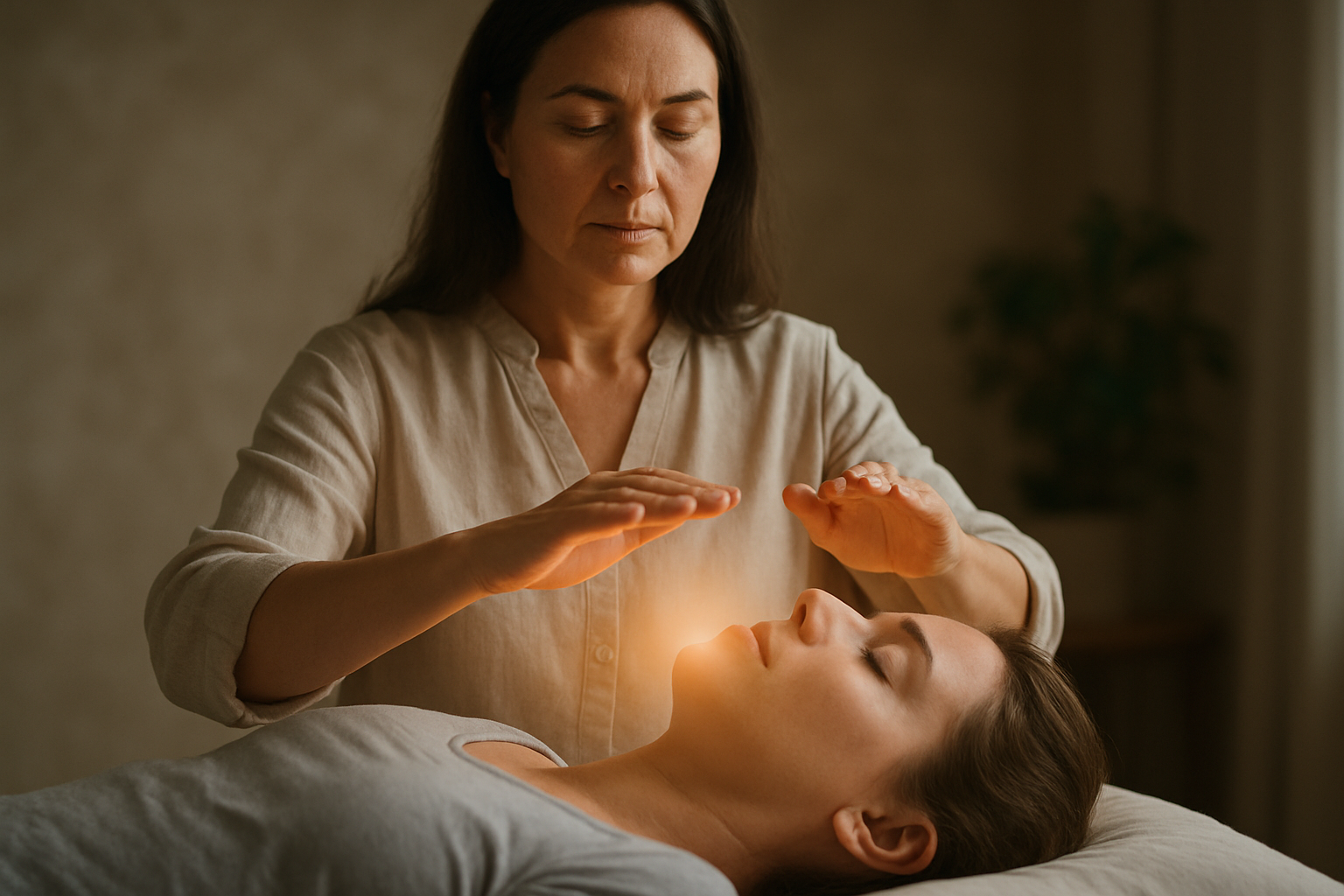A Guide to Asian Massage: Exploring the Healing Traditions Behind Mind-Body Relaxation
Curious about the deeper meaning behind Asian massage? This guide offers a thoughtful look into time-honored techniques like acupressure, Thai bodywork, and Ayurvedic therapy—exploring how these ancient practices harmonize body, mind, and spirit to support overall well-being. Whether you’re seeking relaxation, improved circulation, or a natural approach to stress relief, this overview sheds light on the holistic philosophy and subtle benefits behind each method.

What are the roots of Asian massage therapy?
Asian massage therapy has deep historical roots, dating back thousands of years. Originating from traditional Chinese and Indian medicine, these practices were developed to restore balance and promote healing within the body. The fundamental belief behind Asian massage is that energy, or “qi” in Chinese tradition, flows through the body along specific pathways. When this energy becomes blocked or imbalanced, it can lead to physical and emotional discomfort or illness.
How does Asian massage differ from Western techniques?
While Western massage techniques often focus primarily on muscles and soft tissues, Asian massage takes a more holistic approach. It considers the interconnectedness of the body’s systems and aims to address both physical and energetic imbalances. Asian massage therapists use various techniques, including acupressure, stretching, and energy work, to stimulate specific points and meridians throughout the body.
What are the most popular forms of Asian massage?
Several forms of Asian massage have gained popularity worldwide for their unique approaches to holistic healing:
-
Traditional Thai Massage: This dynamic form of bodywork combines acupressure, yoga-like stretches, and energy work. It is performed on a mat on the floor, with the recipient fully clothed.
-
Shiatsu: A Japanese technique that uses finger pressure on specific points to balance the body’s energy flow and promote healing.
-
Ayurvedic Body Massage: Rooted in India’s ancient healing system, this massage uses warm oils and specific strokes to detoxify and rejuvenate the body.
-
Tui Na: A Chinese massage that combines acupressure and manipulation techniques to address specific health concerns and promote overall well-being.
What are the benefits of holistic healing massage?
Holistic healing massage offers a wide range of benefits that extend beyond mere physical relaxation:
- Stress reduction and improved mental clarity
- Enhanced circulation and lymphatic drainage
- Increased flexibility and range of motion
- Improved sleep quality
- Boosted immune system function
- Balanced energy flow throughout the body
- Relief from chronic pain and tension
Many practitioners and recipients of Asian massage report feeling a sense of overall balance and harmony after their sessions, contributing to long-term health and well-being.
How can one incorporate Asian massage into a wellness routine?
Incorporating Asian massage into your wellness routine can be a transformative experience. Start by researching reputable practitioners in your area who specialize in the specific type of Asian massage you’re interested in. Many spas and wellness centers now offer various forms of Asian massage therapy.
For those who want to experience the benefits at home, learning basic acupressure techniques can be beneficial. Self-massage of the hands, feet, and ears can help stimulate energy points and promote relaxation. Additionally, incorporating mindfulness practices like meditation or gentle stretching can enhance the overall effects of Asian massage therapy.
What should one expect during an Asian massage session?
When booking an Asian massage session, it’s essential to know what to expect. Here’s a comparison of some popular Asian massage types:
| Massage Type | Typical Duration | Clothing | Techniques Used | Focus Areas |
|---|---|---|---|---|
| Traditional Thai Massage | 60-90 minutes | Loose, comfortable clothing | Stretching, acupressure, energy work | Full body, emphasis on flexibility |
| Shiatsu | 60-90 minutes | Loose, comfortable clothing | Finger pressure, palm pressure, stretching | Specific energy points (tsubo) |
| Ayurvedic Body Massage | 60-75 minutes | Minimal clothing, draped | Oil application, kneading, tapping | Full body, based on dosha type |
| Tui Na | 30-60 minutes | Loose, comfortable clothing | Pressing, kneading, rolling, shaking | Targeted problem areas |
Prices for Asian massage therapy can vary widely depending on location, practitioner experience, and the specific type of massage. On average, you can expect to pay between $60 to $150 for a 60-minute session. Some high-end spas or specialized practitioners may charge more.
Prices, rates, or cost estimates mentioned in this article are based on the latest available information but may change over time. Independent research is advised before making financial decisions.
Asian massage offers a unique approach to health and wellness, blending ancient wisdom with modern understanding of the body. By exploring these traditional healing practices, individuals can discover new ways to nurture their physical, mental, and spiritual well-being. Whether seeking relief from specific ailments or simply looking to enhance overall health, Asian massage techniques provide a holistic path to balance and vitality.
This article is for informational purposes only and should not be considered medical advice. Please consult a qualified healthcare professional for personalized guidance and treatment.
The shared information of this article is up-to-date as of the publishing date. For more up-to-date information, please conduct your own research.




